As an urban planner, what is your opinion on the current public and urban housing architecture in Vietnam? In your opinion, what are the shortcomings in our urban architecture?
After many years of economic difficulties, when our country became prosperous, people wanted to import anything new. During the open door period, many new things flooded into Vietnam, including crowded constructions with all kinds of colors, styles, and materials, creating a trend of mixed and chaotic architecture, with the risk of negatively damaging the value of Vietnam's urban identity.
The second is the increasingly unsustainable development trend. Everything is aimed at economic benefits, ready to encroach on heritage buildings and urban identity spaces to build high-rise buildings and concretize green spaces and rare water surfaces in the inner city, causing negative impacts on the environment, traffic jams, pollution, dust, flooding...
According to architect Ngo Viet Nam Son, a very important strategy for urban renovation and expansion is that infrastructure must always be one step ahead.
He once said: "Urban planning needs to meet the needs and legitimate and unique interests of all classes of people, from rich to poor, from old to young, from investors and businesses to small traders, from locals to immigrants." Does urban planning in Ho Chi Minh City follow this proposal?
For a plan to be feasible, it must be based on research on the current status of land, economy, society, etc. to meet the diverse needs of all classes of people.
Urban planning in Ho Chi Minh City in particular and the whole country in general has not yet oriented the development trend, but is often greatly influenced by short-term vision according to the term and real estate speculation, so it is often out of phase, not meeting practical needs.
For example, while the supply has not met the demand for affordable housing for workers and immigrants, there has been a focus on building too many luxury apartments that are beyond the reach of the majority, leading to a situation where buyers mainly buy for investment purposes rather than to live in them, but it is difficult to find tenants who can afford to rent them, thus creating "ghost towns" in the heart of large cities. On the other hand, many high-rise residential areas for resettled people, such as in Thu Thiem, also lack residents, because they are only concerned with providing housing space, but have not yet met the needs of on-site jobs and affordable amenities for residents.
The main reason why Ho Chi Minh City in particular and many other cities in Vietnam in general are being concretized, seriously polluted, and flooded when it rains... is it due to planning or people's awareness?
The two main reasons are human and poor management!
When hoping to make the most money, when investors want to cut down trees, fill lakes and canals, and concretize parks to increase land for construction of real estate projects, urban managers must monitor and strictly handle violations to protect the common interests of residents.
Currently, the inner city of Ho Chi Minh City only has about 0.5 m2 of green space per capita, which is too low compared to the level recommended by the World Health Organization (WHO) to ensure the health of residents, at least 9 m2, ideally over 50 m2 per capita. The excessive concreting in Ho Chi Minh City and also on the plateau and islands makes the urban area increasingly flooded.
You once warned that Thu Duc City could become a giant real estate project if sustainable development criteria are neglected. In your opinion, is Thu Duc City really a satellite city, and what needs to be done to change it?
Thu Duc City is the first city within a city in the country. The biggest challenge ahead is that Thu Duc City cannot just include the sum of the individual achievements of the three previous districts, but needs to demonstrate the effectiveness of breakthrough thinking and outstanding achievements many times more than before, not only in the scale of real estate projects but also in the scale of contribution to the overall economic and social growth, to have a scientific basis for considering replicating this model in Ho Chi Minh City and across the country.
Thu Duc City
Urban development cannot only follow the appearance of highways and luxury shopping centers, but must take into account the environment, green space, and quality of life. According to you, investing in culture, parks, schools, hospitals, etc. is much more expensive than commercial investment, but that is truly a wise investment, improving the quality of life for urban residents. Can you explain more?
In Vietnam, many new residential areas often have poor road connections, traffic jams, and flooding due to poor infrastructure and lack of social amenities.
A very important strategy for urban renovation and expansion is to create a foundation for sustainable development, infrastructure must always be completed one step ahead, including technical infrastructure (roads, water supply and drainage, electricity, etc.) and social infrastructure (accompanying facilities such as schools, hospitals, parks, commercial services, sports centers, etc.).
Thu Thiem Area, Thu Duc City
Can you share some international experiences in heritage conservation that can be applied in Ho Chi Minh City?
Heritage conservation of the whole country is managed by the Cultural Heritage Law, which still has many shortcomings due to focusing only on the conservation of relics, which account for a small proportion of the total architectural planning heritage.
In reality, over 80% of urban architectural heritage works are not monuments, so it may only be necessary to preserve a part of it in its original state, the remaining part and the surrounding area can be renovated, refurbished, or expanded, integrating new functions, as long as it is in harmony with the heritage space of the main work.
That was also the key to the success of the project to preserve and renovate the old town of Tan Thien Dia that we carried out in Shanghai (China), showing that preservation can absolutely bring high economic efficiency, as this area has now become one of the places that contribute the most to the city budget.
Public transport planning is also a part of the overall planning of modern urban planning. How does the operation of metro line 1 in Ho Chi Minh City affect modern urban life?
The formation of a metro and bus system covering the inner city opens up new opportunities to help people change their way of living and working in a more sustainable and environmentally friendly way.
Public transport associated with urban development according to the TOD model (Transit-Oriented Development) is an advanced urban development strategy today. In which, residents in the TOD influence area (areas where people can walk to the metro station or to the bus stop connecting to the metro station within about 10 minutes, equivalent to a distance of 800 m) can conveniently travel by public transport to their workplace, to public utilities, commercial services, and entertainment.

Dr. of Science and Architect Ngo Viet Nam Son surveyed the Saigon River with leaders of Ho Chi Minh City
The role and necessity of metro in the future development of Ho Chi Minh City?
No megacity in the world with a population of more than 10 million can function efficiently without a good public transport system. The need for a high-capacity public transport system, such as metro or bus rapid transit, to reduce traffic congestion and maintain environmental quality is a matter of survival, not an option for megacities.
A well-functioning metro and bus system will change the face of the city as well as solve current urban traffic problems such as traffic jams, street vendors, littering... When developing a metro system throughout the city, will it change people's traffic culture as well as their current way of life?
Metro will certainly change the way people travel. Firstly, people have long been used to using motorbikes to travel short distances, but now they will gradually use public transport more because it saves time and money.
Second, the whole family can walk instead of having to be picked up and dropped off as before. Children can walk to school, parents can walk to work or stop by the mall on the way home, and the elderly can walk to the park or to the health care center.
Third, the sidewalks in the metro area must be returned to pedestrians, more airy, cleaner, with shade trees or shelter from the sun and rain.
Fourth, people's health is better because they walk more every day.
Ben Thanh Station
You once said that the goal of building several hundred kilometers of urban railway in the next 10 years is not easy for Ho Chi Minh City. To do that, what should the city do? What lessons can be learned from the process of building metro line 1 to implement the next lines more quickly and effectively, avoiding repeating the previous delays and difficulties in order to implement the project of building 7 metro lines in the coming time?
Metro Line 1 took nearly 20 years to complete. We can shorten the time if we can clear up the causes of delays in Line 1, in terms of legality, finance, management, human resources, budget, etc., and then apply a standard process for 7 lines to be implemented at the same time, similar to how Shanghai and Beijing built dozens of metro lines in 10 years. It is necessary to establish a corporation specializing in metro and TOD urban development to clear up mechanisms, multi-sector cooperation, financial management, investment linkage, attracting social capital, and training human resources for the project.
How can Ho Chi Minh City still develop into a civilized, modern city while still preserving the soul of old Saigon?
Ho Chi Minh City with over 300 years of history, can be oriented as a multi-identity urban book with many chapters, from the past to the present and the future, including the old Saigon heritage center, Cho Lon historical area, Ben Binh Dong area, Thu Thiem financial economic center, Thu Duc university and high-tech urban area, Thanh Da ecological urban area, Can Gio marine ecological urban area and new modern high-rise urban areas with 21st century identity... That identity will become the unique value of a prosperous Ho Chi Minh City in the future, on par with the leading cities in the world!
Source: https://thanhnien.vn/kien-truc-su-ngo-viet-nam-son-nguoi-nhan-dien-do-thi-vn-duong-dai-185250209002456241.htm



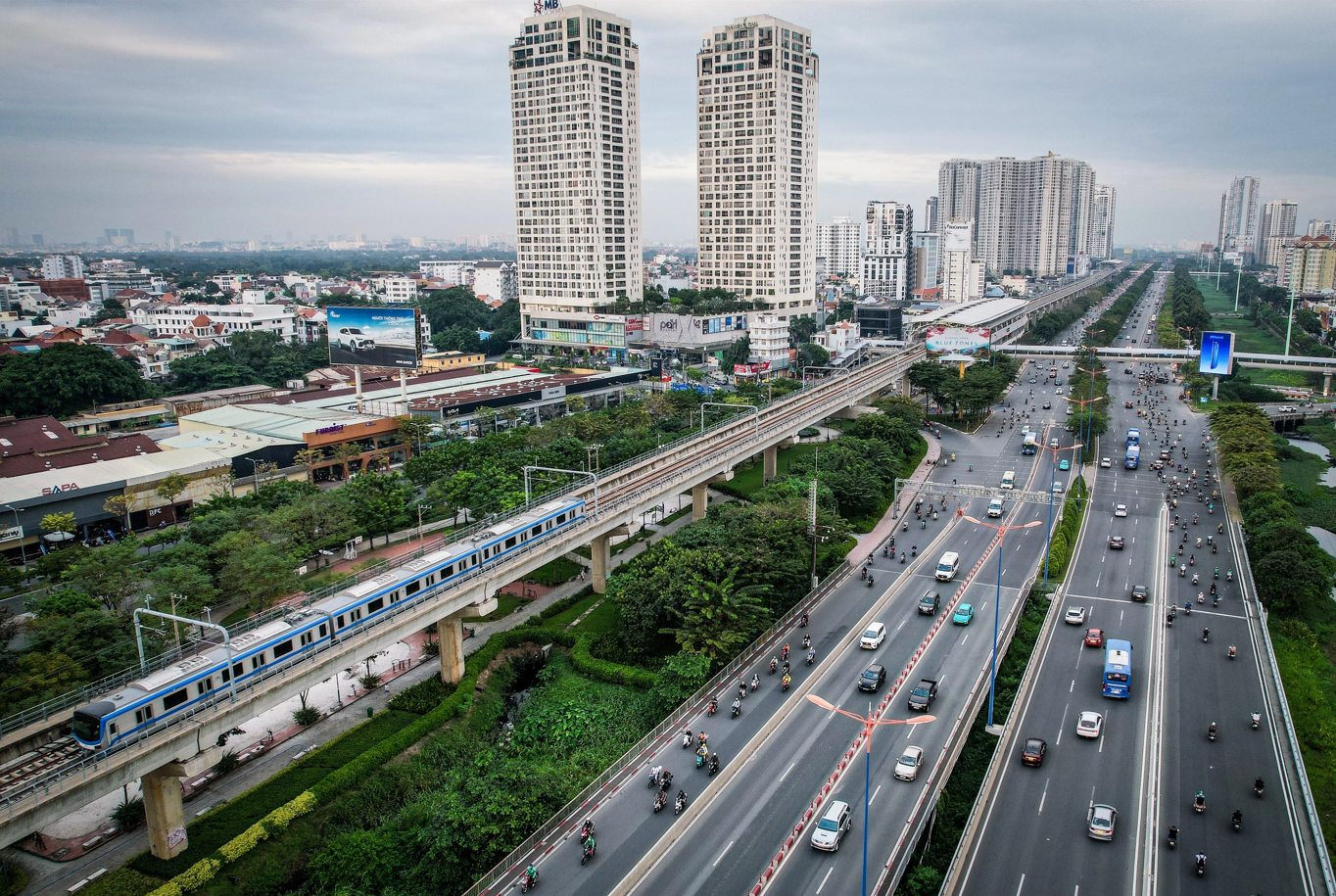
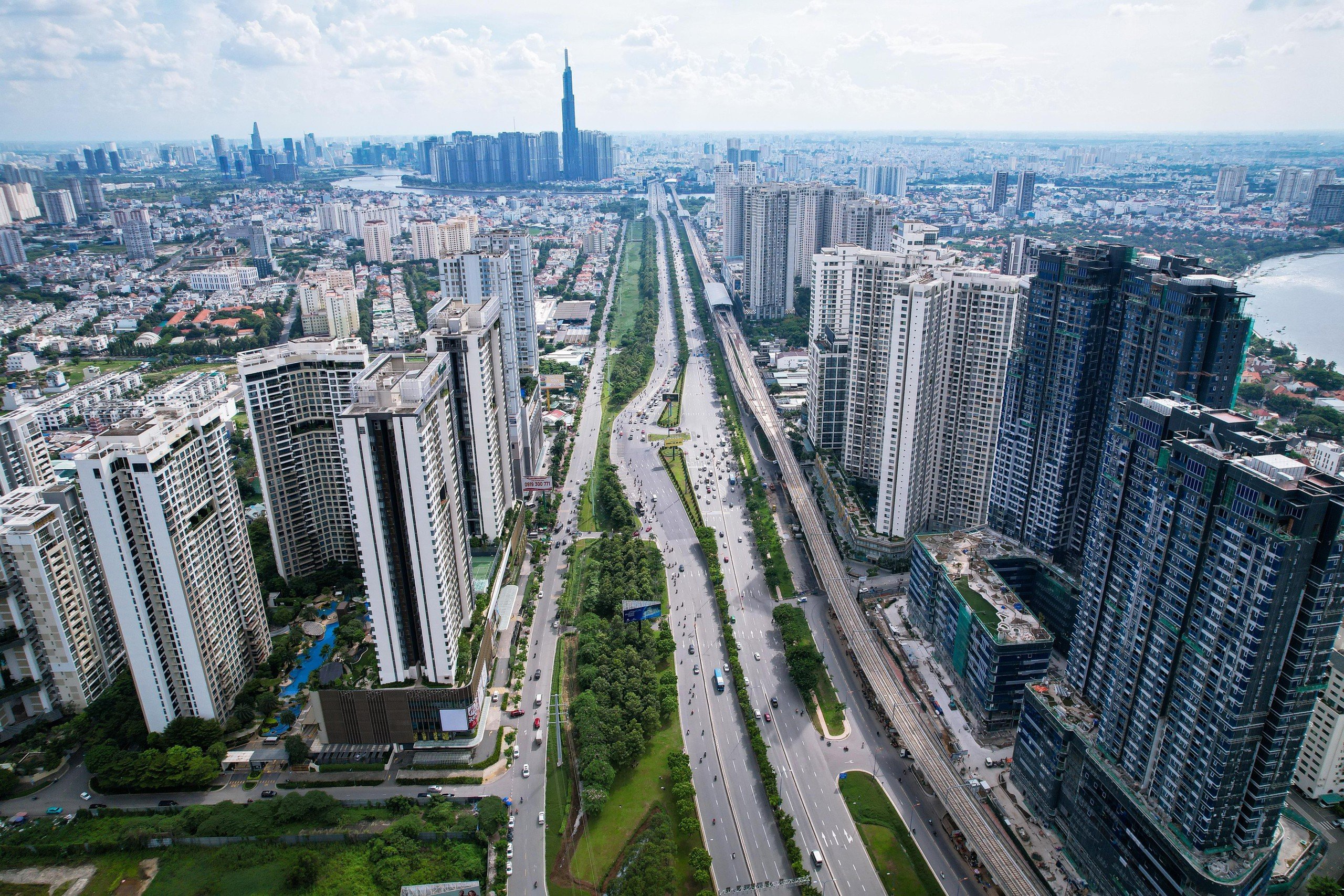
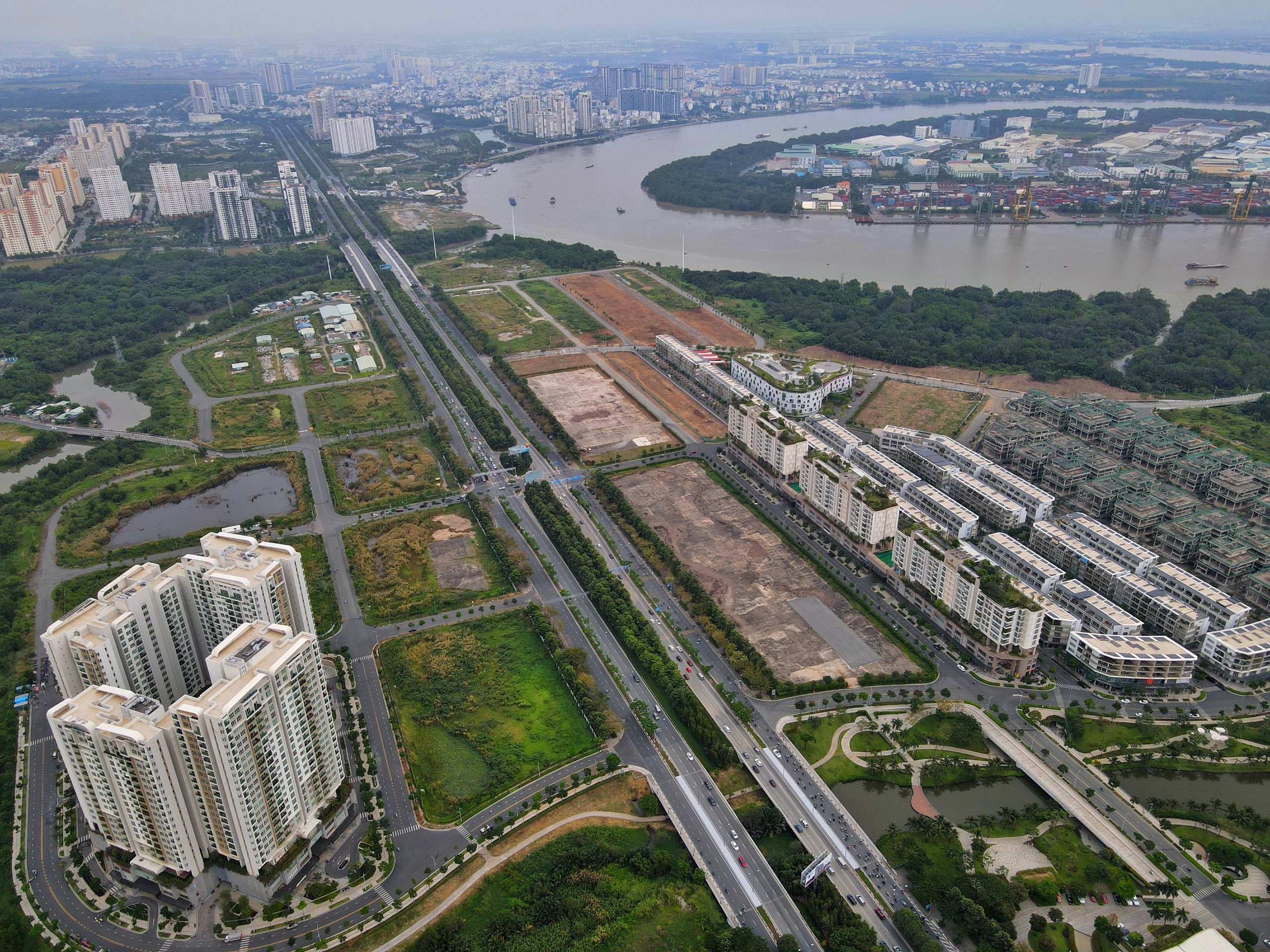
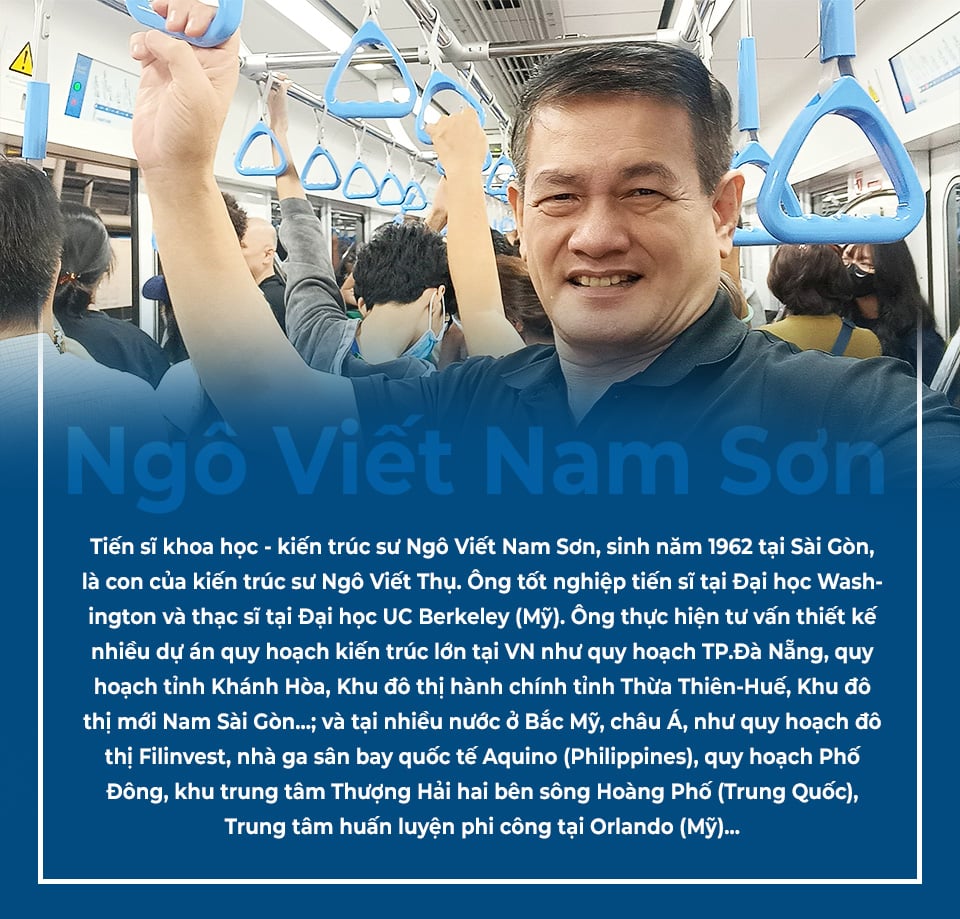

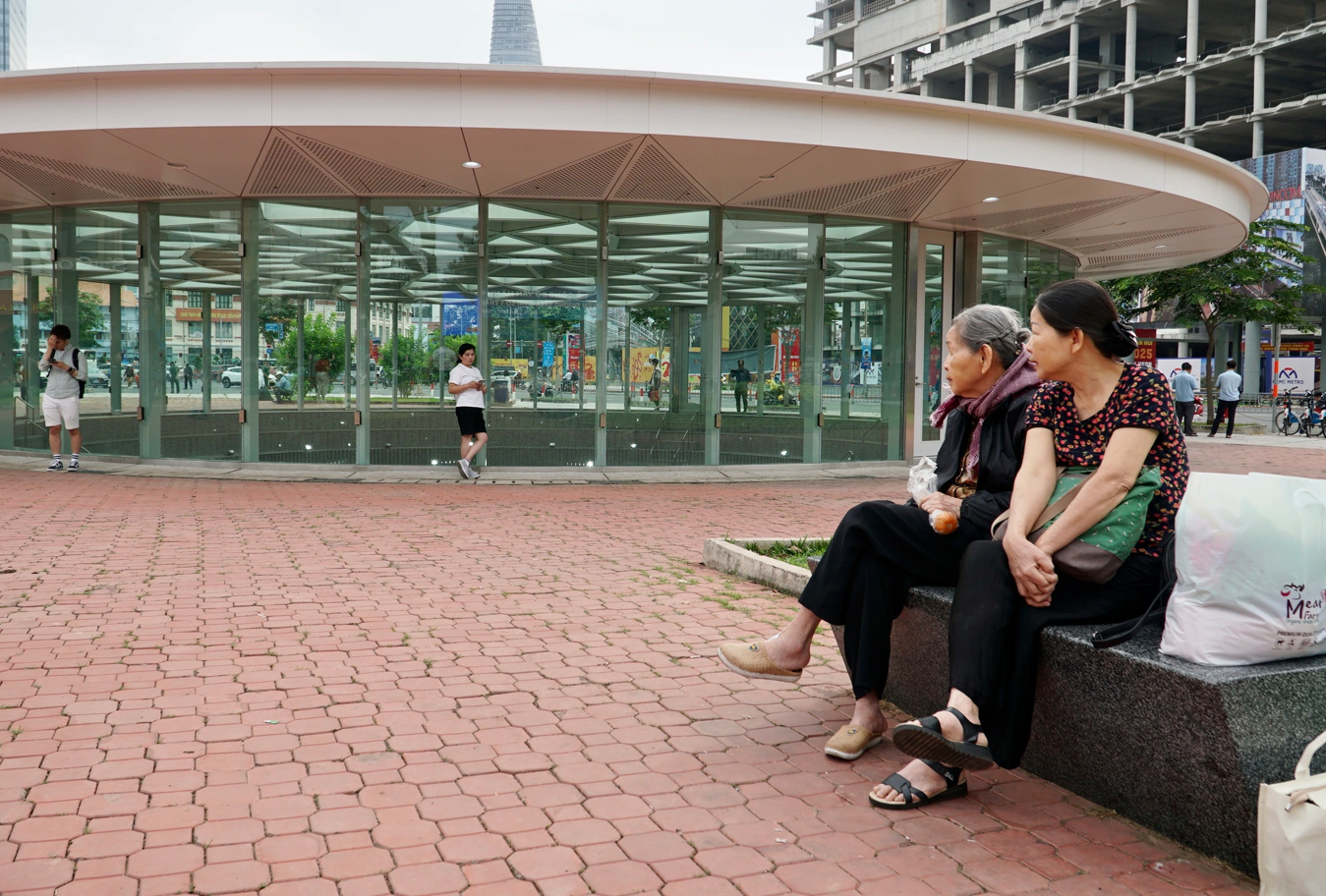
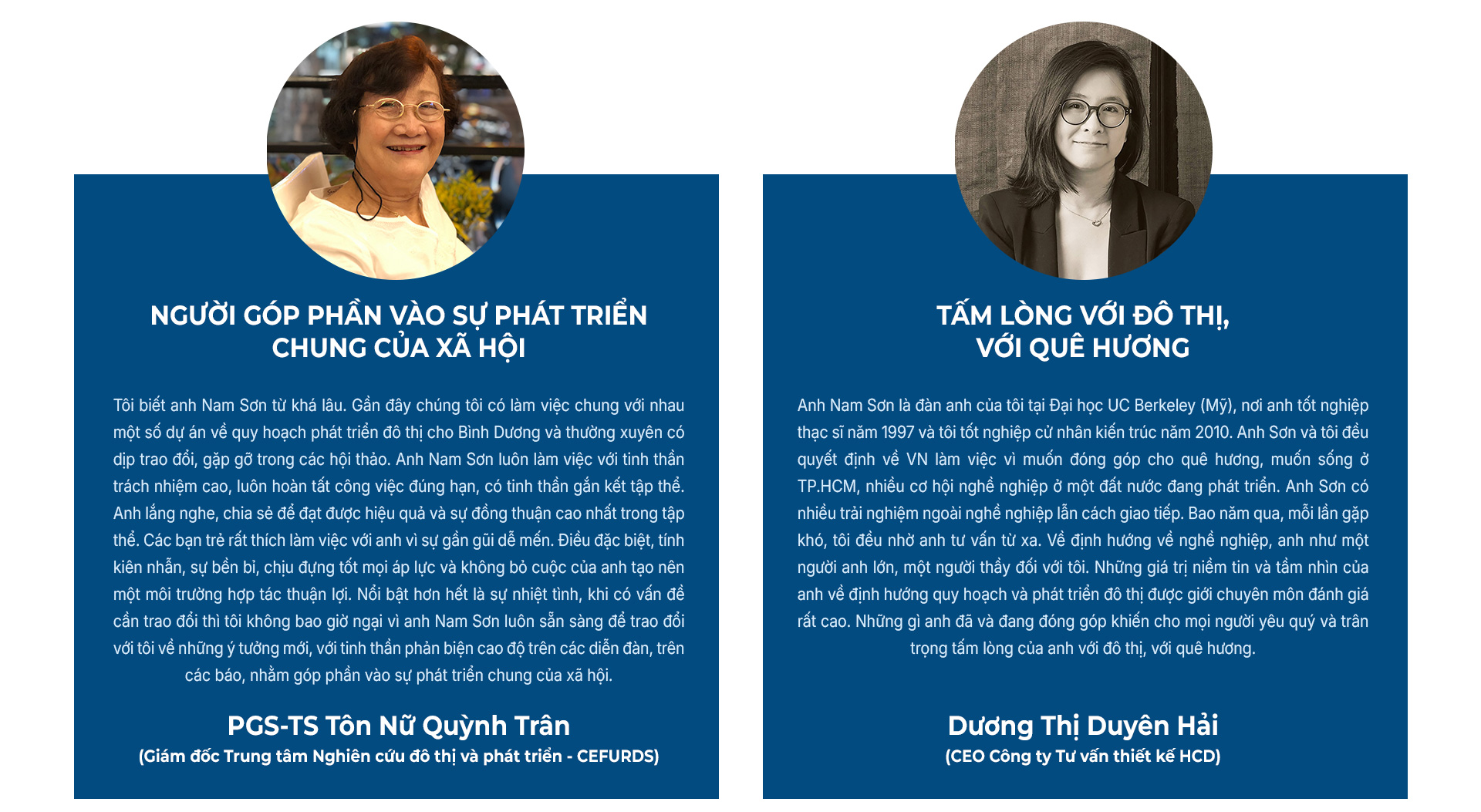
![[Photo] Draft documents of the 14th Party Congress reach people at the Commune Cultural Post Offices](https://vphoto.vietnam.vn/thumb/1200x675/vietnam/resource/IMAGE/2025/10/28/1761642182616_du-thao-tai-tinh-hung-yen-4070-5235-jpg.webp)
![[Photo] Flooding on the right side of the gate, entrance to Hue Citadel](https://vphoto.vietnam.vn/thumb/1200x675/vietnam/resource/IMAGE/2025/10/28/1761660788143_ndo_br_gen-h-z7165069467254-74c71c36d0cb396744b678cec80552f0-2-jpg.webp)
![[Photo] National Assembly Chairman Tran Thanh Man received a delegation of the Social Democratic Party of Germany](https://vphoto.vietnam.vn/thumb/1200x675/vietnam/resource/IMAGE/2025/10/28/1761652150406_ndo_br_cover-3345-jpg.webp)



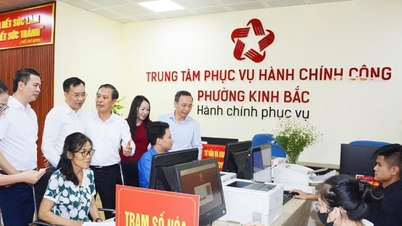

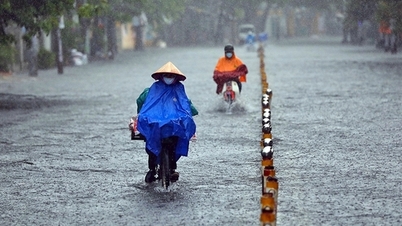

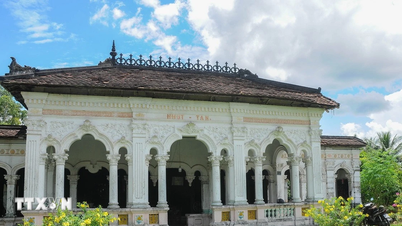










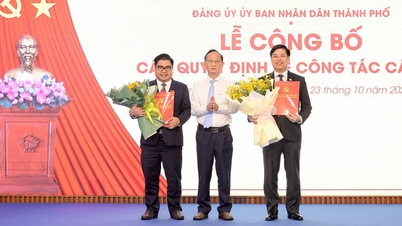


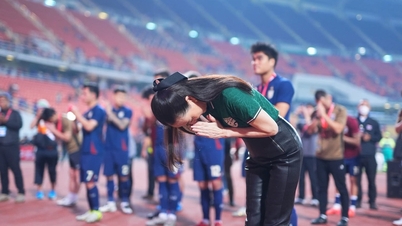


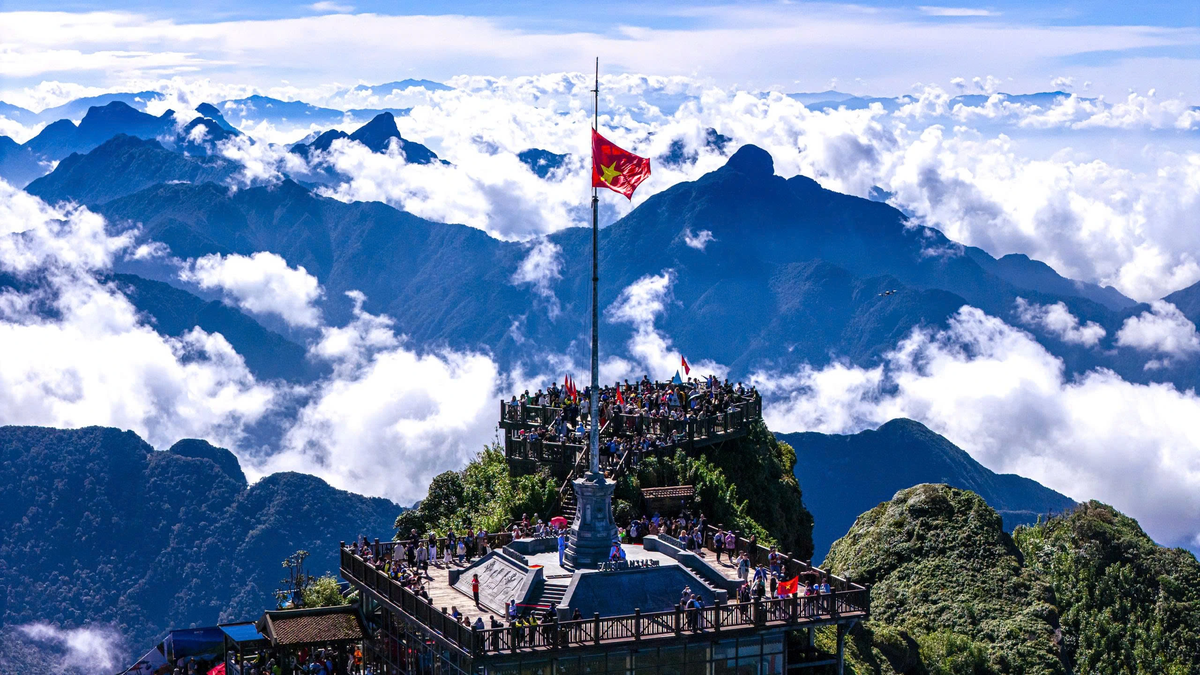
![[Photo] President Luong Cuong attends the 80th Anniversary of the Traditional Day of the Armed Forces of Military Region 3](https://vphoto.vietnam.vn/thumb/1200x675/vietnam/resource/IMAGE/2025/10/28/1761635584312_ndo_br_1-jpg.webp)
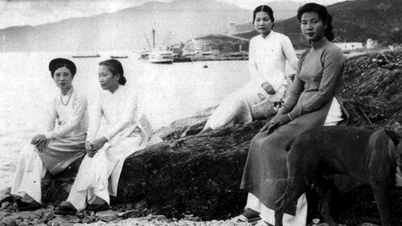

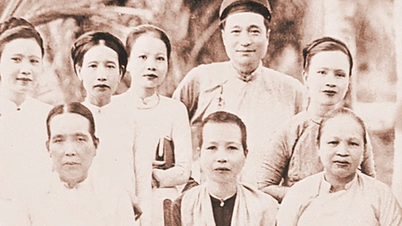
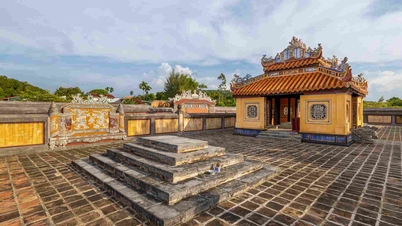


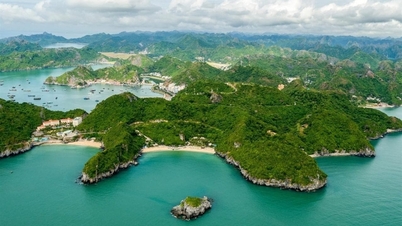



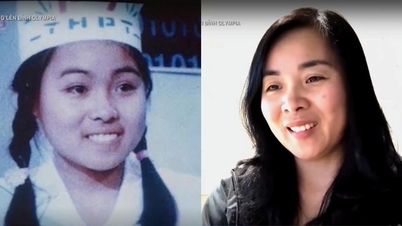










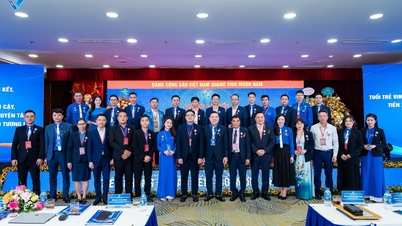

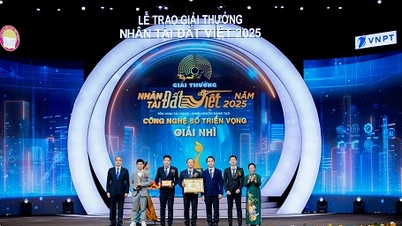
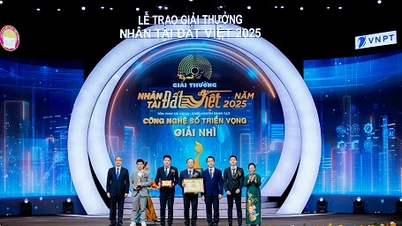

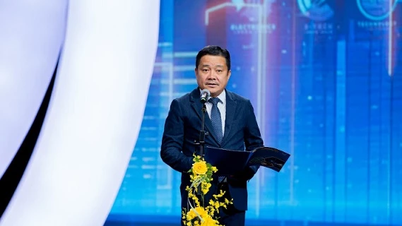






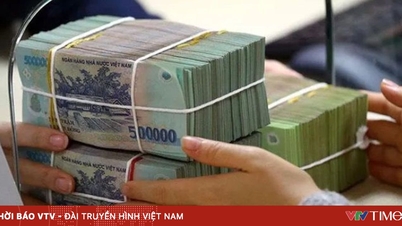



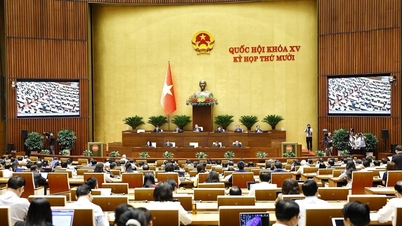


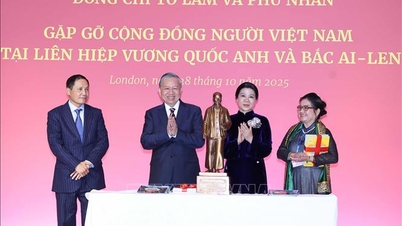
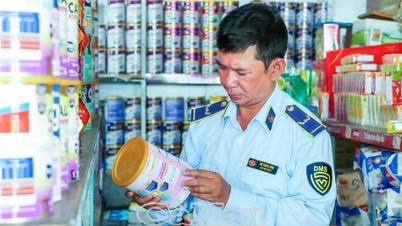



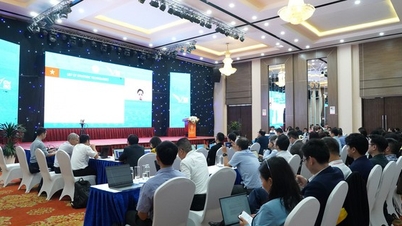


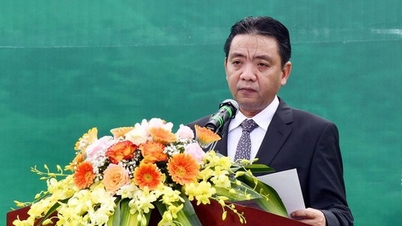
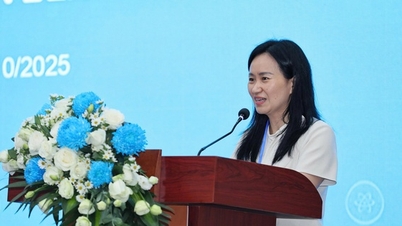
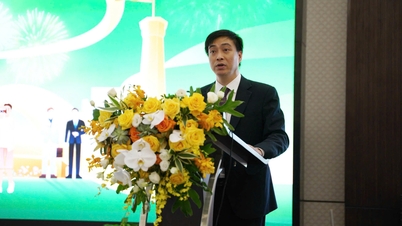

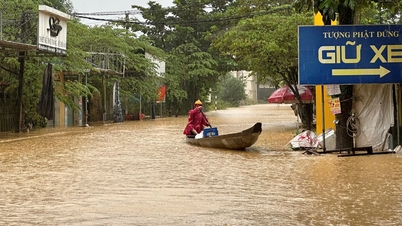






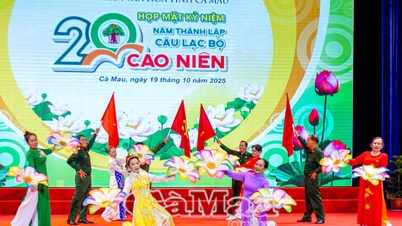















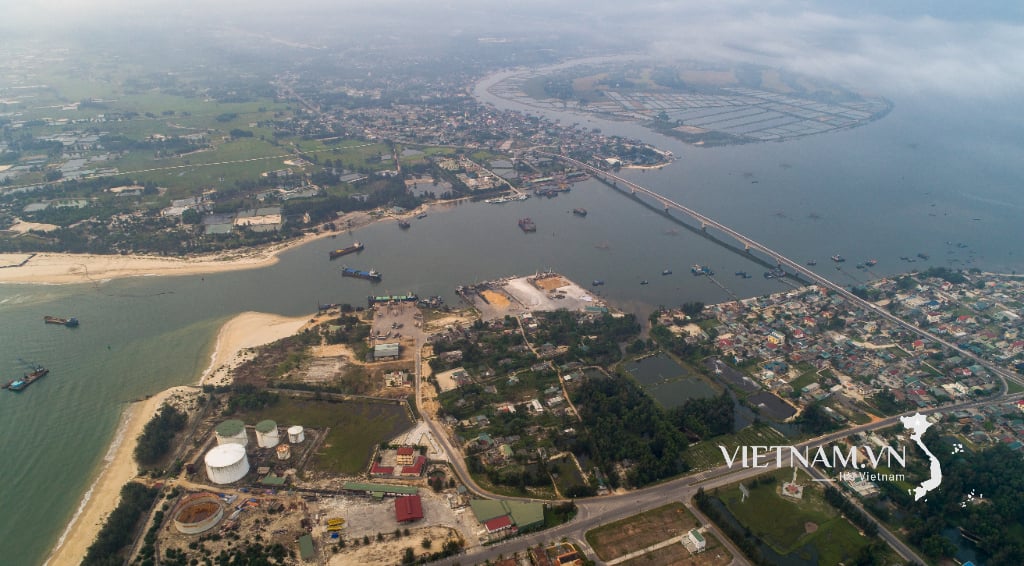
Comment (0)